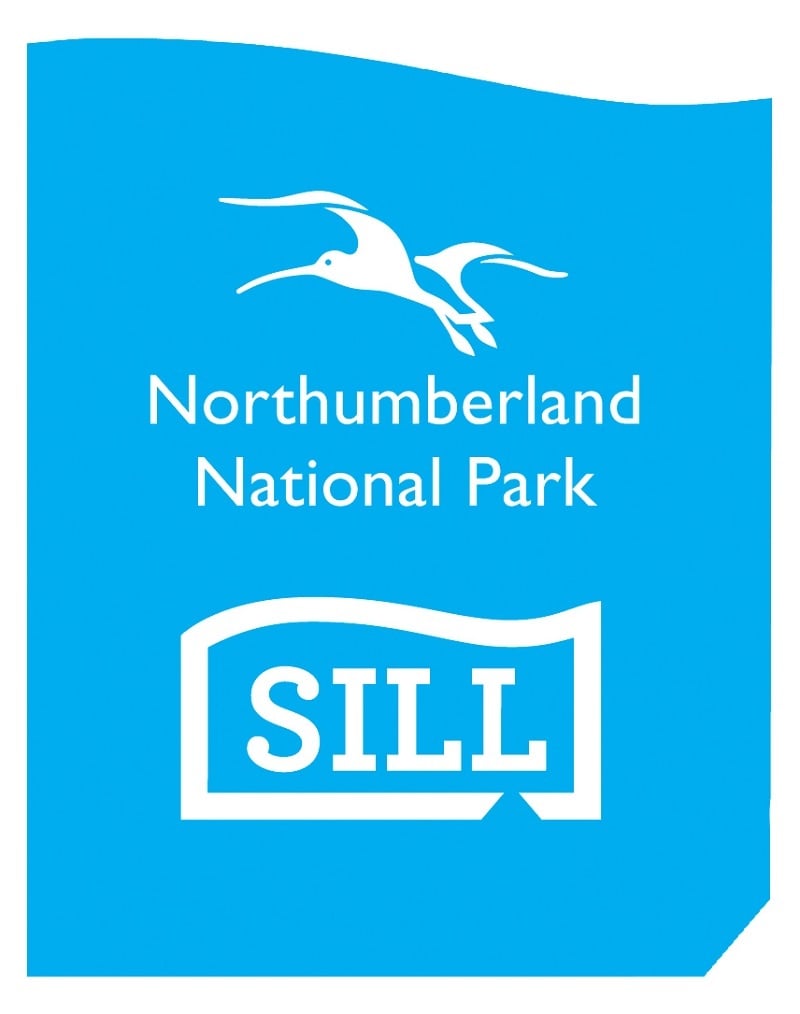
Arts Award delivery in a national park!
BY: Layne Harrod
03 Dec 2018
Rachel Baron, Sill Learning Officer at Northumberland National Park speaks with Layne Harrod, Sector Support Manager, Arts & Youth, about delivering Arts Award in a national park.
Layne: What types of activities take place at Northumberland National Park?
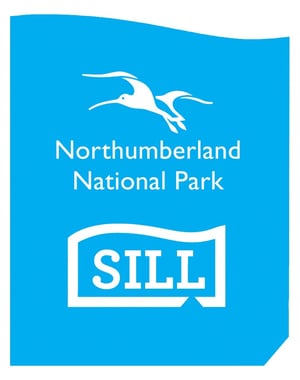 Rachel: In 2017 our new visitor centre, The Sill, opened its doors, and since then we have been able to offer a wide range of activities both for schools and the public, in the building and at our outdoor sites. The beautiful landscapes that we’re lucky to have in Northumberland are so inspiring – we knew we wanted to make art activities part of our offer. Currently we run an Art in the Park workshop for primary age children, during which pupils can learn about different artists who have been inspired by the natural world, and then have a go at some of the art techniques themselves. These include making shadow pictures, creating sculptures and collages using natural materials (in the style of Andy Goldsworthy), and trying their hand at Gyotaku printing – using stones, shells, leaves, bark, and rubber fish to create fantastic ink prints.
Rachel: In 2017 our new visitor centre, The Sill, opened its doors, and since then we have been able to offer a wide range of activities both for schools and the public, in the building and at our outdoor sites. The beautiful landscapes that we’re lucky to have in Northumberland are so inspiring – we knew we wanted to make art activities part of our offer. Currently we run an Art in the Park workshop for primary age children, during which pupils can learn about different artists who have been inspired by the natural world, and then have a go at some of the art techniques themselves. These include making shadow pictures, creating sculptures and collages using natural materials (in the style of Andy Goldsworthy), and trying their hand at Gyotaku printing – using stones, shells, leaves, bark, and rubber fish to create fantastic ink prints.
I delivered Arts Award activity in my previous job, working for a museum service in Newcastle. When I started my role at the National Park, I could immediately see the opportunities for running Arts Award with school groups, using the landscape as inspiration.
Layne: Can you please tell us about your recent Arts Award project?
Rachel: We have long been a supporter of Glendale Children’s Countryside Day, an annual event in June designed specifically for Key Stage 2 children, which takes the form of an agricultural show. Schools come from across Northumberland and North Tyneside to the large show field at Glendale, to get first-hand experience of rural life, from sheep shearing and food production to tree planting and conservation. A large number of farms and local organisations including the National Park attend and run stalls with farm animals, farm machinery, and a range of activities to take part in. This year we offered children from two schools the opportunity to gain Arts Award Discover.
We attended each school for an introductory session in advance. This included a discussion about different art forms, and art in nature – how the natural world can inspire us, looking at artists that are inspired by nature for Part B, and the kind of art can be found in the National Park. We introduced the arts logs, which we provided, and tasked the children with completing their own art maps, detailing what types of activities they already take part in. This covered Part A.
Aspects of Parts A and B of the award were covered at Glendale Children’s Day itself. Children spoke to a variety of people who live and work in the countryside, including some art and craft practitioners, and used their arts logs to record these experiences. They interviewed exhibitors, took photos, and made notes and drawings.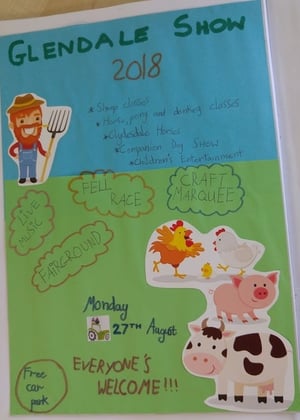
Back in the classroom, children spent the next few weeks working on their art inspired by the event. We then re-visited the schools for a Sharing Day to see what they had made – this covered Part C of the award. We were really amazed with the work produced! As this was the first time we had run this project, and with it being attached to activity not traditionally seen as “arty,” we weren’t sure what to expect. We weren’t prescriptive at all, encouraging children and teachers to choose any kind of art form they liked, and the variety and quality of work they created was fantastic. Highlights included acrostic poems using the word GLENDALE; posters advertising the event; still life drawings of fruits and vegetables; outdoor art installations using natural materials; designing and making 3D tractor models; papier-mache flower pots… The list goes on! Children loved sharing their work with us and with the other pupils, and it has also been shared with the volunteer committee who arrange Glendale Countryside Day.
Everyone got so much out of this project. The pupils looked at their experiences at the Countryside Day in a whole new light, and we really began to see the potential for arts activities inspired by being immersed in the natural world. One of the teachers emailed me to say:
“The children loved doing it and we are very happy to commit to it again next year if it were to run. It gives a deeper purpose to a school trip which we don't usually spend a great deal of time on after the event. It also inspired lots of other creativity.”
For more information about the Countryside Day, please visit https://www.glendaleshow.com/education
Layne: What are your future plans for Arts Award delivery at Northumberland National Park?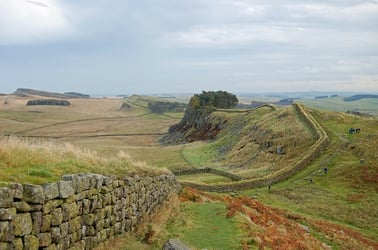
Rachel: We definitely plan to offer Discover next year to schools attending the Countryside Day. And we’ve really been encouraged to explore other opportunities for Arts Award as part of our regular schools offer. The framework we used here – introduction in school, a trip out into the National Park, and a Sharing Day back at school – worked really well, and there are a multitude of outdoor sites that we could use as inspiration. We would also like to explore more digital technology too, such as film and photography, and 3D image capture, and perhaps work with older students on this in the future.
Layne: What tips would you give to other national parks that are considering delivering Arts Award?
Rachel: Inspiration can be found everywhere! Don’t be afraid to run arts activities because you think they might not be relevant, or attached to outdoor learning experiences that aren’t traditionally seen as “arty.” If you run Arts Award at Discover level, let the children find their own way and make their own decisions on the types of art form they would like to create, as no doubt they will see inspiration in places that we might not think to look.
Related posts
BY: Alan Lynch
BY: Guest Writer


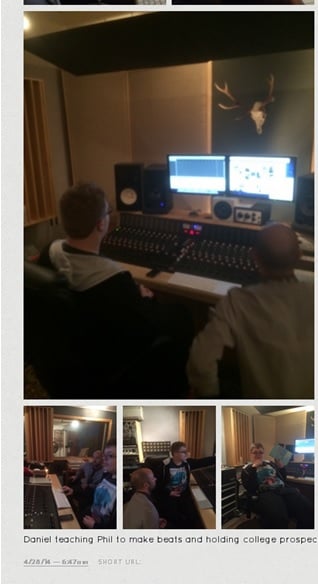
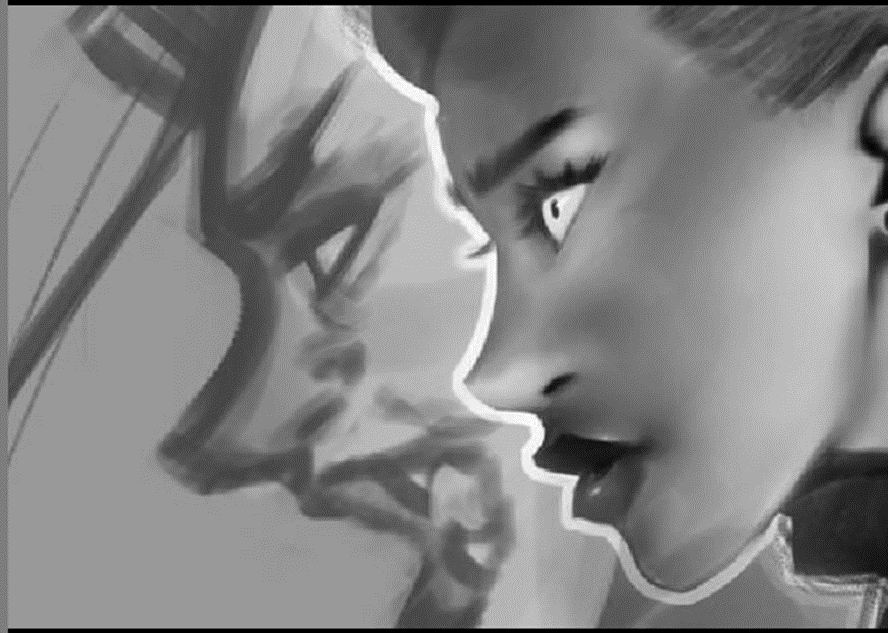
Comments & Replies